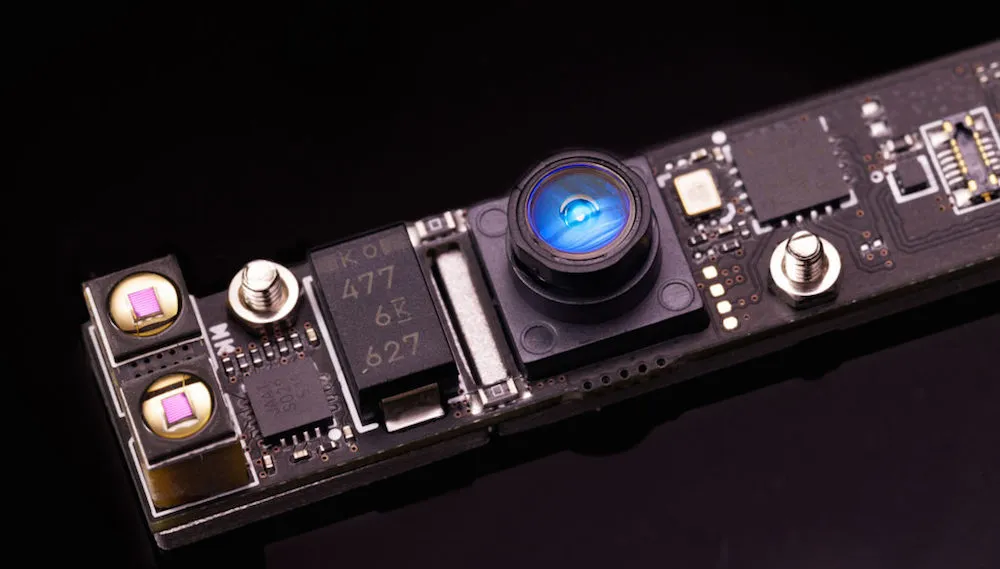Leap Motion is a young technology company that is perhaps best known at this point for what it sells at your local Best Buy. It’s a $79.99 virtual reality peripheral that can be mounted onto an Oculus Rift headset. This device then uses infrared scanning technology to detect the position of your hands in 3D space. The system communicates that information as input in a VR experience. It can even track individual fingers and has been well received by the immersive community so far. However, an $80 peripheral is not what the Leap team has in mind for the future.
This week the company announced a brand new product. It will not be sold in stores. This new device is a hacked together hand-tracking module that does two very important things for the Leap brand: it expands the trackable range of their previous iteration, and it makes the technology work on mobile VR devices.
The improved tracking was the easier of the two for the team to accomplish. During an in-person demonstration at UploadVR’s San Francisco office, the Leap team explained that their new module is compiled using simple, “off the shelf” components. User feedback on the previous sensor indicated a significant desire for an expanded field of view, and so now the new module can track at 180×180 degrees.
Essentially what this means is that the device begins tracking your hand before it even comes into view on the screen of the VR headset itself. This creates a more immersive and less restrictive experience and during our hands-on time with the product, which was running on a Samsung Gear VR, the expanded tracking worked flawlessly.
The presence of a Gear VR in the demo room is significant for Leap Motion. Previously, the company’s tech could only work well with the higher processing power provided by PC VR headsets like the Rift. The new module, however, runs on just a smartphone.
“Your smartphone is meant for checking email and browsing the web,” one company representative explained, “it was not necessarily meant to be a graphical powerhouse capable of running something as intense as virtual reality.”
For Leap, this meant that heavy optimization would be required to get IR hand tracking to work on mobile devices. The company has therefore created proprietary software that wrestles every last bit of performance out of a smartphone and gets their tech to work on mobile without any significant dip in performance.
According to Leap, its goal for the new module is not to package and sell it in Best Buy as the “Leap Motion 2.” Instead, the group wants to work with VR headset manufacturers themselves to integrate the hand-tracking sensor directly.
The company declined to state who those manufacturers might be at this time, but did say that VR enthusiasts would “definitely recognize” the names of these potential partners.



























